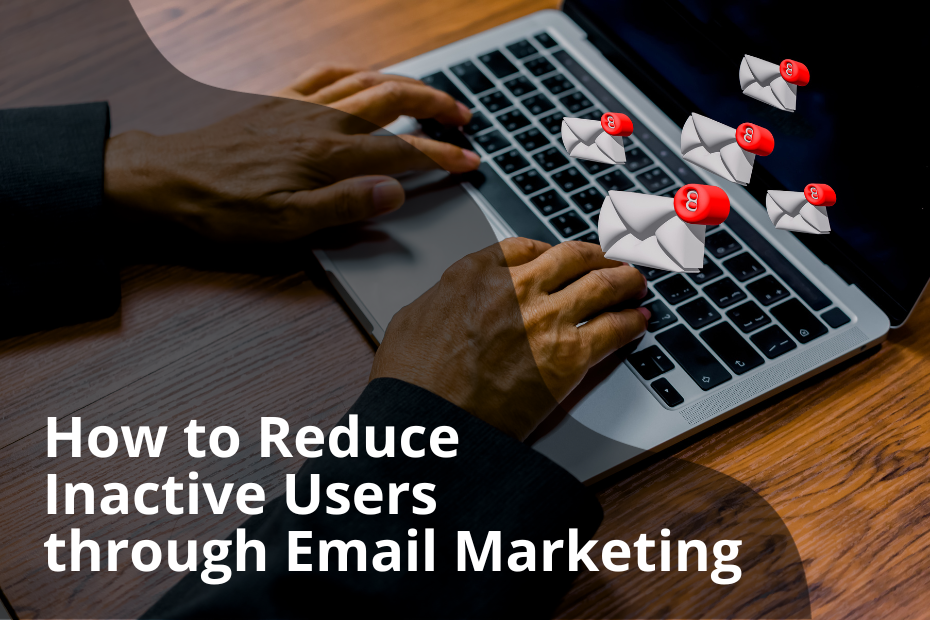Maintaining an engaged audience is paramount for any business striving for success. However, as your mailing list grows, so does the challenge of keeping every subscriber actively involved. Inactive users pose a significant hurdle, impacting your email marketing efforts. This article delves into the nuances of inactive users, the different types, and most importantly, provides invaluable insights into decreasing their numbers through strategic email marketing techniques.
Understanding Inactive Users
What are Inactive Users?
Inactive users, in the context of email marketing, refer to individuals who have subscribed to your mailing list but haven’t interacted with your emails over an extended period. They might have once shown interest but have gradually disengaged.
Different Types of Inactive Users
Temporary Inactives: Subscribers who momentarily disengage due to specific life events or distractions.
Permanent Inactives: Users who have lost interest and rarely engage with content.Seasonal Inactives: Individuals who only engage during specific times of the year, like holidays or sales seasons.
The Significance of Identifying Inactive Users
Why It’s Important to Identify Inactive Users on Your Mailing List. Identifying inactive users is pivotal for several reasons:
Resource Optimization: Focusing your efforts on active subscribers optimizes your resources and time.
Improved Engagement: Tailoring content to active users enhances engagement, leading to higher conversion rates.
Enhanced Deliverability: ISPs favor marketers with engaged subscribers, improving email deliverability rates.
Data-Driven Decisions: Understanding inactivity patterns helps in making data-driven marketing decisions.
10 Tips to Decrease Inactive Users Using Email Marketing
- Personalized Content: Craft emails tailored to individual preferences, increasing relevance and engagement.
- Re-engagement Campaigns: Deploy targeted campaigns to win back inactive subscribers, enticing them with exclusive offers.
- Behavioral Triggers: Use automation to send emails based on user behaviors, ensuring timely and relevant interactions.
- A/B Testing: Experiment with different email elements to identify what resonates best with your audience.
- Interactive Emails: Incorporate interactive elements like polls, quizzes, and surveys, encouraging active participation.
- Clear Call-to-Actions (CTAs): Make CTAs compelling and visible, guiding users on the desired action.
- Optimal Sending Times: Analyze data to determine the best times for sending emails, maximizing open rates.
- Mobile Optimization: Ensure emails are mobile-friendly, catering to the increasing number of users accessing emails via smartphones.
- Social Media Integration: Connect email campaigns with social media platforms, expanding your reach and engagement avenues.
- Regular List Cleanup: Periodically remove hard bounces and consistently inactive addresses to maintain a healthy subscriber list.
Conclusion
Decreasing inactive users through strategic email marketing not only revitalizes your mailing list but also fosters a community of engaged, loyal customers. By understanding the different types of inactive users and implementing targeted strategies, businesses can create impactful campaigns that resonate with their audience, leading to sustained growth and success.
If you need expert assistance to kickstart your Email Marketing journey, rely on Sootra Consulting for guidance. Simply reach out or provide us with your business details or email needs at support@sootraconsulting.com. Let’s start a conversation!
Moreover, if you’re interested in exploring our other exceptional blogs, click here.
